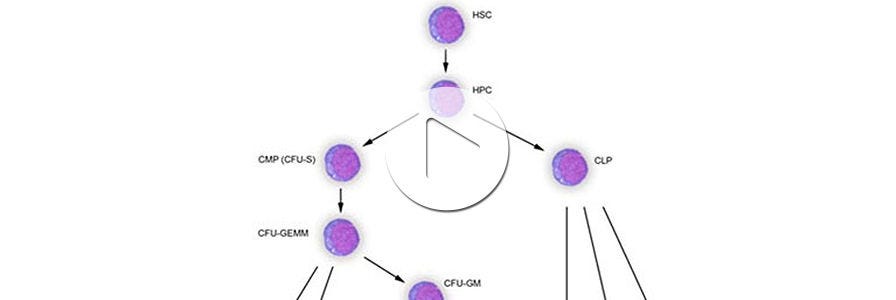Cytokines and Proteins
Activate, expand, and differentiate your cells with cytokines, chemokines, and growth factors from STEMCELL Technologies. These high-quality reagents ensure reproducibility across a variety of applications, including immunology and stem cell research.
International Units (IU) data is available for specific cytokines with existing World Health Organization (WHO) data. To learn more about the biological activity of cytokines and the difference between specific activity and IU, read this Tech Tip.
Why Use STEMCELL’s Cytokines, Chemokines, and Growth Factors?
- Ensure consistency and reproducibility across multiple applications with endotoxin levels of ≤ 0.2 EU/μg.
- Be confident with our guarantee that ACF recombinant proteins produced in E. coli have no trace of animal or human components.
- Choose from over 200 individual human, mouse, and rat cytokines in a variety of sizes, from 10 µg to 1 mg.
Webinar: Cytokines and Lineage Choice in Stem Cell Differentiation
Learn how cytokines affect differentiation in hematopoietic stem and progenitor cells.
- TGF-β, IL-8 and Flt-3 stimulate self-renewal of hematopoietic stem cells
- M-CSF promotes survival, proliferation, differentiation and activation of macrophage lineage only
- G-CSF is required for differentiation, proliferation and activation of neutrophils
- GM-CSF promotes survival and activation of macrophages, neutrophils, eosinophils and dendritic cell maturation
- EPO stimulates the proliferation and differentiation of erythroid progenitor cells to red blood cells
Wallchart: Directed Differentiation of ESCs and iPSCs
Learn about cytokines and growth factors used for directing the differentiation of ES cells and iPS cells into defined cell types.
- Cytokines and growth factors can be used in in vitro assays to stimulate differentiation of ESCs and iPSCs toward ectoderm, endoderm, and mesoderm derivatives, and germ cells.
- This poster by Kevin Eggan and colleagues highlights some of the strategies for directing the differentiation of ES cells and iPS cells into defined cell types.



